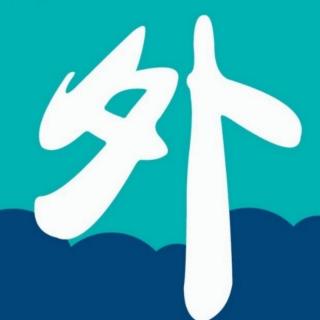
介绍:
韩国人吃不上泡菜,竟是一场传统文化危机?
今日导读
今年,韩国的梅雨季持续了整整 54 天,创下该国气象观测史上最长记录。历经超长的梅雨,再加之三轮台风过境,韩国多地的农田已受尽摧残,秋季的蔬菜收成也随之锐减。其中,大白菜的短缺尤为严重, 单价一度飙升至过万韩元。苦于白菜的高价,韩国目前已有数百家泡菜工厂停工,一些餐厅也撤下了免费的泡菜小碟。买不起白菜、吃不起泡菜,这对于韩国人而言是一场怎样的灾难?是什么造成了韩国大白菜的严重歉收? 韩国人每年能消耗多少吨泡菜? Kimjang 是属于哪个季节的习俗?
正文
Crisis fermenting as cabbage shortage hits South Korea's kimchi culture
韩国“泡菜危机”发酵中:大白菜告急,传统泡菜文化遭冲击
South Koreans are facing a shortage of a beloved dietary staple after a summer of extreme weather destroyed crops of cabbages — the main ingredient of kimchi.
韩国今夏的极端天气造成了大白菜(泡菜的主要原料)严重歉收,因此,韩国民众正面临着这种国民美食的短缺危机。
Fields of Chinese cabbages were wiped out in August and September, when the Korean peninsula was struck by typhoons, floods and landslides, sparking a sudden spike in the vegetable's price.
八、九月期间,朝鲜半岛连遭台风、洪涝和山体滑坡的侵袭,大白菜大面积减产,其价格随即大幅飙升。
The damage has left households struggling to find affordable cabbages to turn into the spicy pickle. The shortage, which has seen prices rise by up to 60%, comes just before the start of the traditional kimchi-making season.
灾情之下,很多家庭难以买到价格合理的大白菜来腌制泡菜。大白菜短缺已造成其价格上涨近 60%,且这次短缺恰临传统的“腌泡菜季”。
The communal act of making kimchi, known as kimjang, was added to Unesco's intangible cultural heritage list in 2013. The UN body said the tradition "reaffirms Korean identity and is an excellent opportunity for strengthening family cooperation".
集体腌制泡菜的传统(韩国人称之为 kimjang)在 2013 年被收入了联合国教科文组织非物质文化遗产名录。教科文组织表示,这一传统“深化了韩国人的民族认同感,也提供了绝佳的机会增进家人之间互帮互助的情谊”。
But this year the autumnal rite got off to a slow start after crops were ruined.
但在今年,由于大白菜的歉收,这场原属于秋天的泡菜盛典迟迟无法开始。
The cabbage shortfall is also affecting commercial producers, according to Bloomberg, with the country's biggest kimchi maker, Daesang, saying it has been forced to suspend online sales. Another said it was looking for alternative supplies — possibly from China, a major cabbage exporter.
据彭博社报道,大白菜的短缺也波及了泡菜生产商。韩国最大的泡菜生产商大象(Daesang)公司表示,他们已被迫中断泡菜的线上销售。另一公司表示,他们正在寻找替代供应源——或将从中国这一大白菜主要出口国进口。
Kimchi is an indispensable part of the Korean diet, with South Koreans eating more than 2m tonnes every year.
泡菜是韩国饮食中不可或缺的一部分,韩国每年消耗的泡菜超过 200
万吨。
Though it often appears in stews and soups, no meal is considered complete without a side dish of the pungent, fermented cabbage, along with kimchi variations made from daikon radish, cucumber, perilla leaf or other seasonal vegetables.
虽然炖菜和汤中常常会有泡菜,但韩国人依然顿顿都缺不了一小碟味道辛辣浓郁的辣白菜,以及由萝卜、黄瓜、苏子叶或其他时蔬腌成的各类泡菜。
大家还在听

